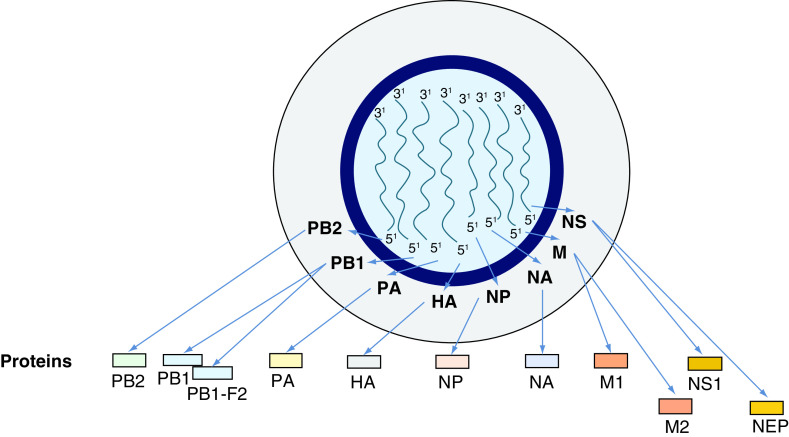Figure 4. . Representation of influenza virus genome.
Humans may be infected by influenza viruses type A, B & C. They differ in their organization, but only the A and B ones cause important clinical manifestations in mankind. Type A is considered as a paradigm. Influenza virus genome is about 13.5 kb in length, consists of a ssRNA with negative polarity (-) ssRNA and includes eight ssRNA segments. Each of these elements is separately enclosed in vRNPs. The 5′- and 3′-termini of viral RNA are associated with RdRp with multiple copies of NP. The influenza virus genome is composed of 11 proteins (HA, NA, NP, M1, M2, NS1, NS2 or NEP, PA, PB1, PB1-F2, PB2). The RNA polymerase of the influenza virus consists of three subunits, such as PB1, PB2 and PA, codified by three genes in influenza A and B viruses. A matrix consisting of M1 protein includes the virion core and it is surrounded by an external lipid envelope, where three integral glycoproteins, such as M2 (an ion channel), HA and NA are embedded. HA and NA are used to classify the different serotypes of influenza A viruses. Additional influenza virus proteins include the accessory protein PB1–F2, displaying proapoptotic activity, NS1 protein with anti-IFN-β function and promoting of viral replication, NEP (or NS2) nuclear export of viral ribonucleoproteins.
HA: Hemagglutinin; NA: Neuraminidase; NP: Nucleoprotein; PA: Polymerase acidic; PB1: Polymerase basic 1; RdRp: RNA-dependent RNA polymerase; vRNP: Viral ribonucleoprotein complex.

